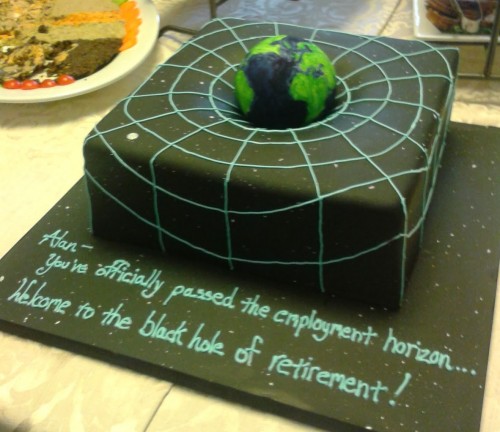
(Courtesy: Quantum/Mathelete/Buzz)
By James Dacey
Fire and ice will mix together in a sporting cauldron this Sunday. The Seattle Seahawks are taking on the Denver Broncos in the Super Bowl at the MetLife Stadium in New Jersey, and all weather forecasters agree that it’s going to be rather chilly. In fact, some have criticized the National Football League (NFL) for electing to play the game in a stadium without a roof, rather than opting to stage the match under cover. Bear in mind, the Super Bowl is the sporting event of the year in the US and people take it very seriously indeed. To address some of the concerns, The Huffington Post published this article to analyse how the mechanics of the game can change under cold conditions. The entertaining article considers everything from the reduced bounciness of the ball, to the increased propensity of helmets to break due to changes in material pliability.
If those big strong guys who will be competing on Sunday have their own fears about playing in the cold, then they should take inspiration from this East Asian leech. In a series of experiments that must have been a bit annoying for the leeches, a group of researchers in Japan showed that Ozobranchus jantseanus can survive in liquid nitrogen at –196 °C for up to 24 hours. The previous record was just one hour, held by water bears and the larvae of one type of drosophilid fly (just in case the question ever pops up in a pub quiz). The findings – described in this article in Popular Science – have left the scientists puzzled because this type of leech never normally experiences temperatures less than a few degrees below 0 °C. Personally, it makes me cold just thinking about it.
Cold temperatures are one thing us Brits love to moan about. Another favourite target is the country’s train system, particularly when it comes to issues of timeliness. Well, in the future this could become a thing of the past if a new idea outlined this week by the UK science minister comes to fruition. David Willetts has suggested that train services in Britain could be improved if signalling was monitored from space, using the new Galileo satellite system controlled by the European Space Agency, as described in this story in the Telegraph. Of course – being a Brit – Willetts couldn’t resist accompanying his exciting new idea with a good old moan. He’s complaining that EU regulation currently prevents this new technology from being implemented.
But we can’t end this week’s Red Folder blog on a negative note. So our final story involves black holes and cake; a black hole cake to be precise (see picture above). What’s not to like? The delicious dessert was made by PhysicsBuzz bloggers Quantum, Mathlete and Buzz to commemorate the retirement of their colleague Alan Chodos. Their “boss, friend and mentor” was stepping down after 14 years at the American Physical Society. If you’re reading this, Quantum/Mathlete/Buzz, feel free to send me a slice. You’ll find the address at the top of this page.
Guidelines
Show/hide formatting guidelines
this text was deletedwhere people live in harmony with nature and animals</q>
Some text